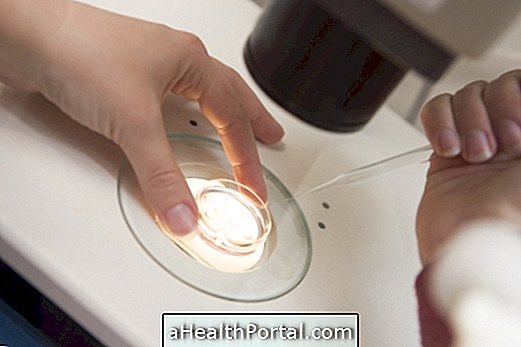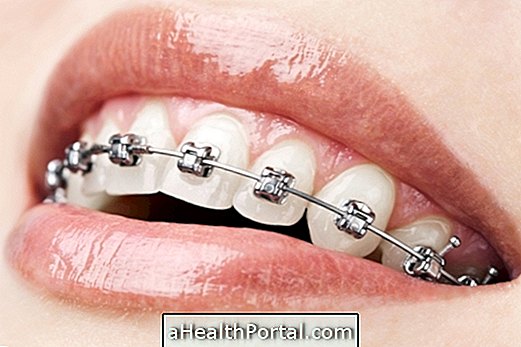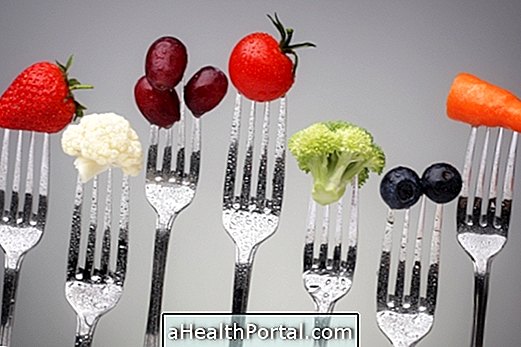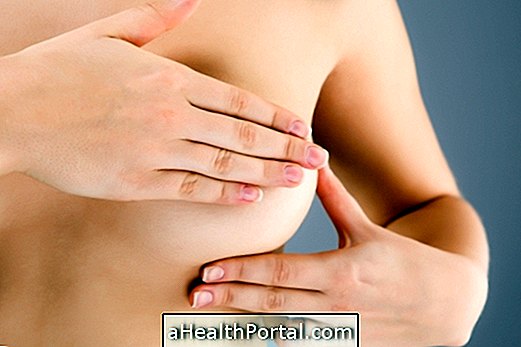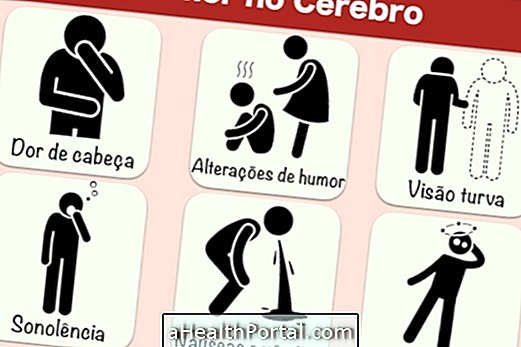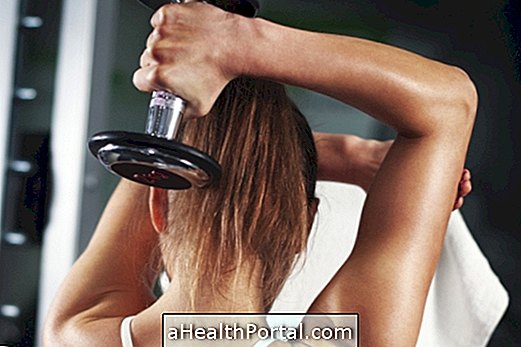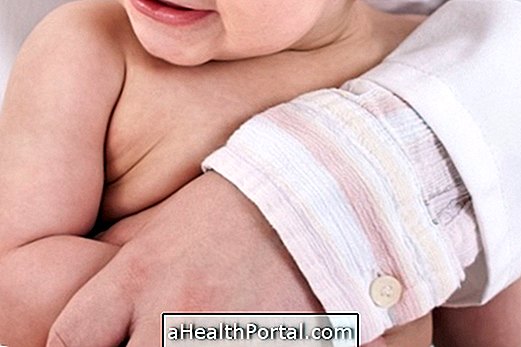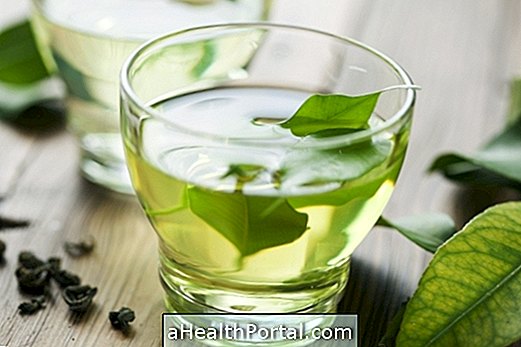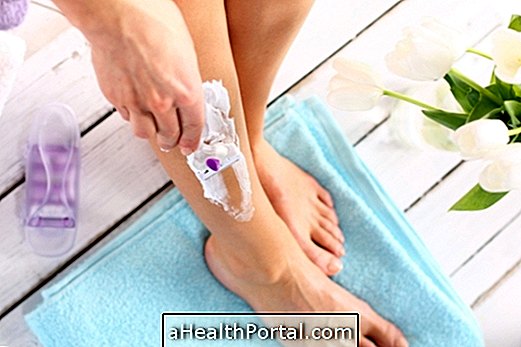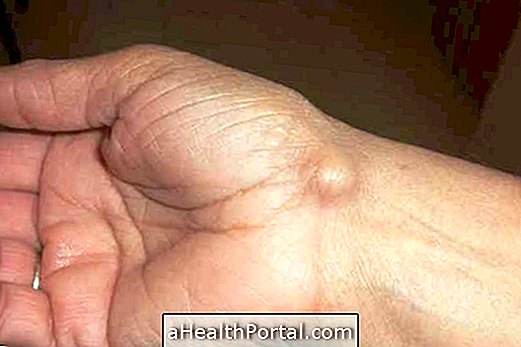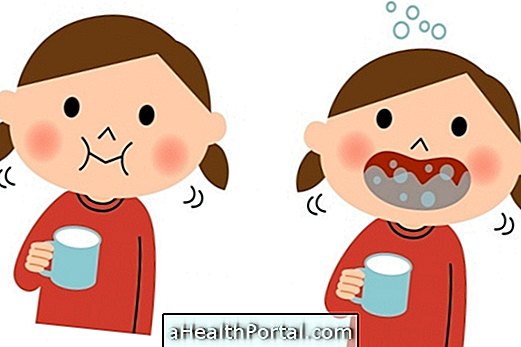Breast care during pregnancy should be started as soon as the woman discovers that she is pregnant and is intended to decrease pain and discomfort due to her growth, to prepare the breasts for breastfeeding and to prevent the appearance of stretch marks.
During the course of pregnancy the breasts are modified to prepare for breastfeeding, getting bigger, heavier and more painful. In addition, the halo becomes darker and more sensitive and the veins of the breasts become more prominent, and it is important to take care.
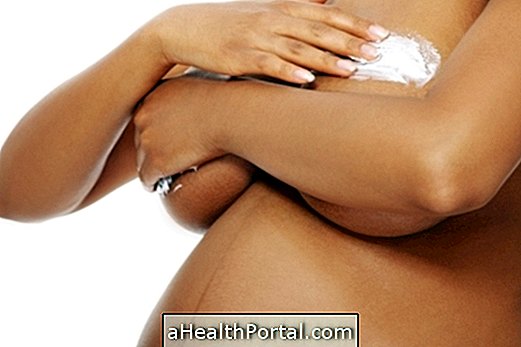
Major changes in breasts in pregnancy
The main changes and the necessary care are:
1. Breasts become sore or tender
With increasing weight, belly growth and early breast milk production, it is normal for breasts to become larger and slightly sore or more sensitive. Usually this sensation starts at the 8th week of gestation, but in some women it may appear later, depending on the growth of the breast.
- What to do to relieve: A great solution is to wear a support bra during the day and at night as it helps support the weight and volume of the breasts. The bra should preferably be of cotton, have wide straps, support the breasts well, do not have support iron and it is important that, as the breasts grow, the pregnant increase the size of the bra. From the third trimester, the pregnant woman can use a nursing bra to get used to it, since she should use it after the baby is born.
2. Halo becomes darker
Due to hormonal changes and increased blood vascularization in the breasts it is normal for the areolas to become darker than normal. This new coloration should remain throughout breastfeeding, but return to normal after the baby stops breastfeeding exclusively in the breast.
3. Polka dots around the halo are more prominent
Some women have polka dots around every halo, these polka dots are actually the tubers of Montgomery, a type of fat-producing gland that is very necessary in breastfeeding to protect the mother's skin. During pregnancy and breastfeeding it is normal for these small glands to be more prominent, not to worry.
4. Stretch marks may appear
Rapid enlargement of the breasts in pregnancy can lead to the appearance of stretch marks that also causes a certain itch in the skin.
- What to do to avoid stretch marks: You should pass a stretch mark cream on your breasts at least 2 times a day, avoiding passing in the areola and nipple. There are good brands that can be found in pharmacies or drugstores, but also applying sweet almond oil is a good strategy, but there is also a good home recipe. Learn how to make and use this homemade cream in: Home treatment for stretch marks.
5. Colostrum appears
In the third trimester of gestation, especially in the last weeks or days of pregnancy, if the woman presses the nipple properly, she may observe the presence of small droplets of milk, which is colostrum, a rich milk that has everything the newborn baby needs to feed in the first few days. After a few days the milk becomes stronger and comes in larger quantities, getting whiter and less watery.
6. Veins become more evident
The vascularization of the breasts become more evident because with the growth of the breasts the skin stretches a lot and leaves the veins more evident. These may have a greenish or blue color, being completely normal.
How to prepare breast for breastfeeding
To prepare the breasts for breastfeeding, the pregnant woman should:
- Take 15 minutes of sun a day in the nipples: The pregnant woman should sunbathe until 10am or after 4pm, putting sunscreen on her breasts, except in the areolas and nipples, helping to prevent cracking of the nipples and to make the skin more resistant to fissures during breastfeeding. A great alternative for pregnant women who can not sunbathe is to use a 40W bulb within 30cm of the nipples;
- Wash the nipples and areolae only with water: the pregnant woman should avoid hygiene products, such as soaps, as they remove the natural hydration of the nipples, increasing the risk of nipple cracking;
- Keeping your nipples exposed to the air for as long as possible: this is important because the skin becomes more healthy and healthy, preventing fissures and fungal infections that can occur in breastfeeding.


Another tip to prepare the breasts for breastfeeding is to massage the breasts 1 or 2 times a day, starting at the 4th month of gestation, as the massage helps to leave the nipple more salient for breastfeeding, facilitating suckling of the milk by the baby .
To do the massage, simply hold the breast with both hands, one on each side, and apply pressure from the base to the nipple about 5 times, and then repeat, but with one hand on top and one hand under the breast, as shows the image.

